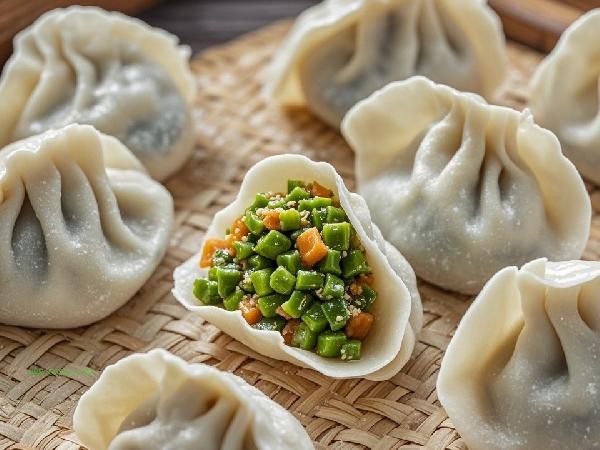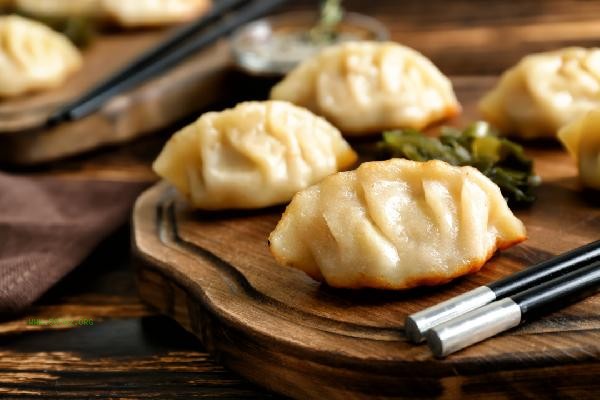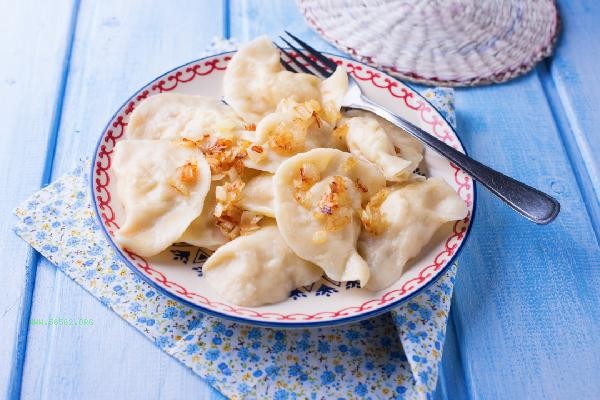The key to making dumplings that don't spoil is to control the water temperature, heat, and mixing method. There are mainly methods such as boiling water before putting it into the pot, cooling with a little water, controlling the heat, gently pushing to prevent sticking, and boiling it on the spot.

1. After the water boils, put it in the pot.
Wait for the water to completely boil before adding the dumplings. At this time, the water temperature is high enough to quickly set the dumpling skin. Putting cold water in the pot can cause starch to dissolve and increase the probability of skin breakage. The water should be sufficient to ensure that the dumplings have enough space for movement.
2. Cool down with a little water
After the water boils, add a small amount of cold water and repeat the process two to three times. By fluctuating the temperature, the dumpling skin becomes more resilient, avoiding continuous boiling that may cause separation of the skin and filling. Add about one-third of the soup spoon each time, and repeat the process after the water boils again.
3. Control the fire power
After the dumpling is lowered, adjust it to the medium fire to keep the water surface slightly boiling, and the fire will easily cause the dumpling to roll and collide violently. It is recommended to adjust the induction cooker to around 1200W and keep the flame of the gas stove within the range of the pot bottom. Excessive firepower can accelerate water evaporation and cause sticking to the pot.

4. Gently push anti sticking
Use a wooden spatula to gently push the dumplings along the edge of the pot to prevent them from sticking to the bottom. The movements should be gentle to avoid scratching the skin, and the direction of pushing and stirring should always be consistent. Frozen dumplings do not need to be thawed, and attention should be paid to initial anti sticking treatment after being directly put into the pot.
5. Fresh dumplings are more durable and have better elasticity than frozen dumplings. After packaging, put it into the pot as soon as possible to avoid the skin drying and cracking. If it needs to be stored, it should be sprinkled with dry starch and frozen. When boiling, it should be directly boiled in water without thawing. When cooking dumplings, a little salt or cooking oil can be added to enhance the toughness of the dough, but it should not be excessive. Plain filling is easier to cook than meat filling, so the cooking time can be shortened appropriately. Observe the dumplings floating and continue cooking for two minutes to ensure that the filling is fully cooked. Before removing, you can taste the dumplings to confirm their texture. The cooked dumplings have a shiny and chewy skin. The remaining dumplings can be cooled and drained, and stored in refrigeration for no more than two days. When consumed again, steaming them hot can better maintain their shape than boiling them in water.









Comments (0)
Leave a Comment
No comments yet
Be the first to share your thoughts!